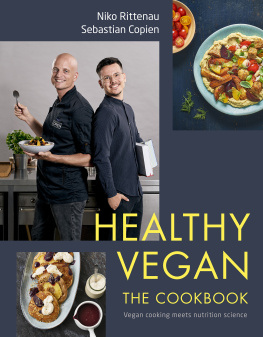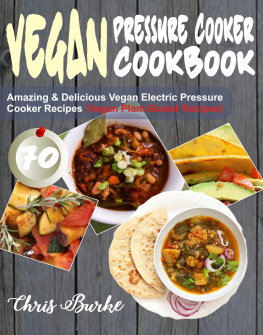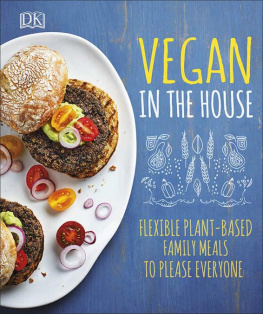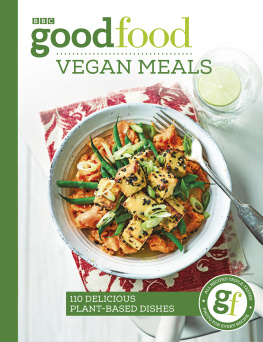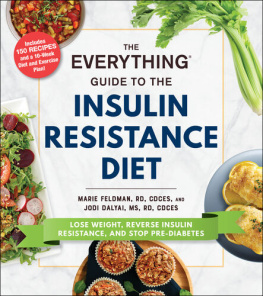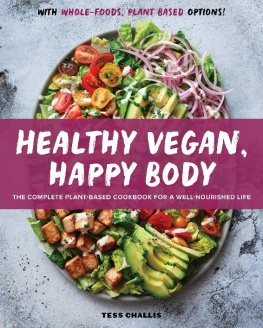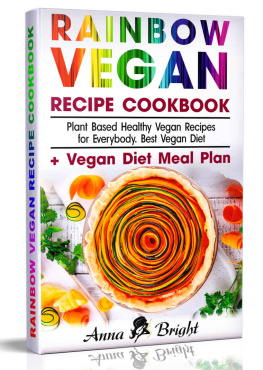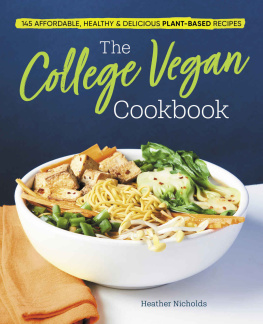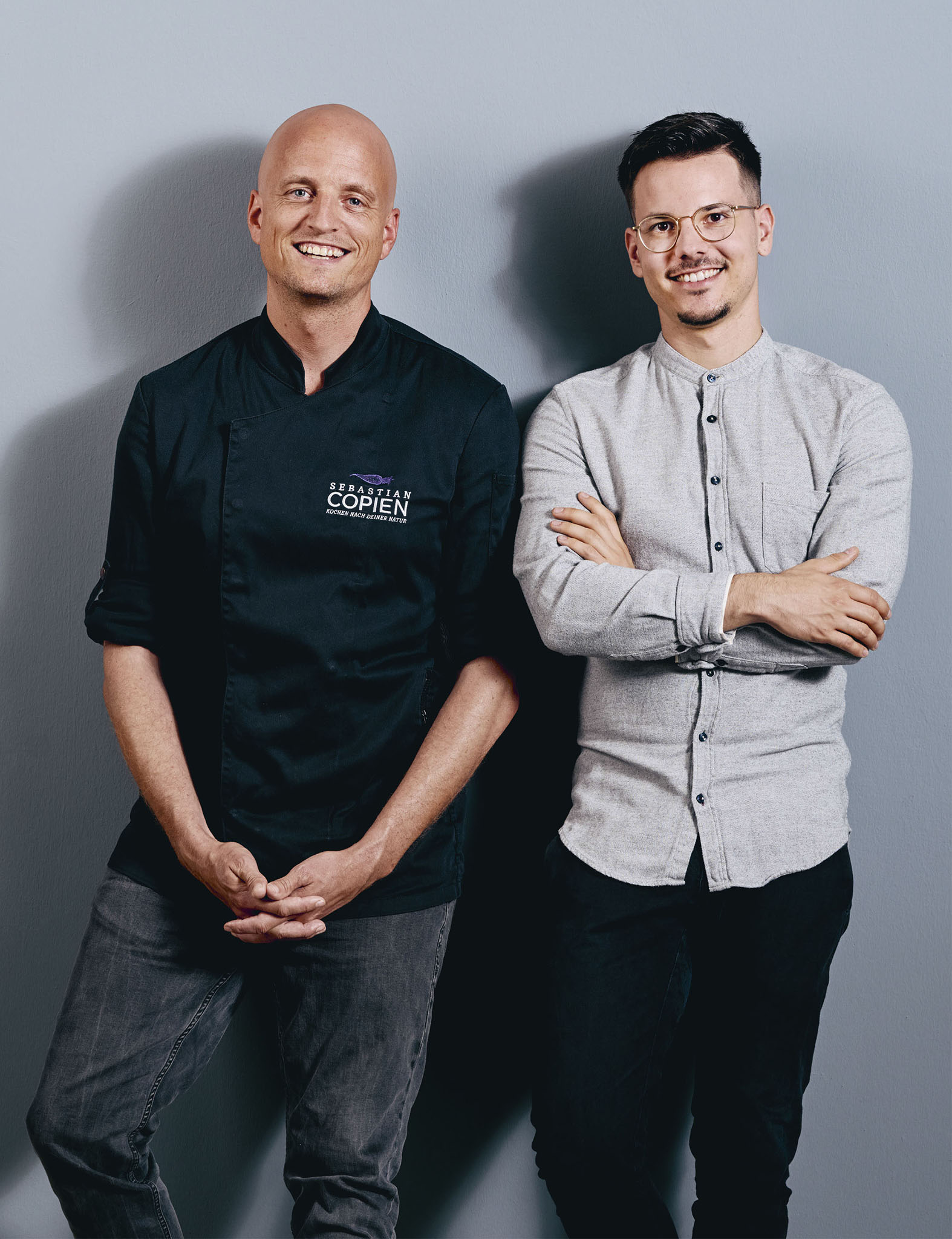Preface
Some people think that if you remove animal products from the menu there is not much left to eat. Meat, cheese, and other animal foods are widely regarded as intrinsic components of a normal diet. There are often overstated concerns about potential nutrient deficiencies on a vegan diet, but another frequent question is what on earth vegans can actually still eat. However, if you set aside your prejudice, you will find you can list a whole range of delicious recipes off the top of your head that are either already entirely plant-based or can be very easily veganised. Some national cuisines, such as Italian, Asian, and Indian, also offer plenty of completely vegan or predominantly plant-based recipes. Many people even report that changing their diet resulted in them discovering far more foods than were excluded, because modifying their eating habits prompted them to explore previously unknown or untried food products. The difficulties sometimes associated with a vegan diet are not really caused by insufficient variety in the plant-based products on offer; a much bigger problem is a lack of knowledge about the existence of these products and how to go about preparing and combining them.
This book aims to fill these gaps in your knowledge, and builds on the theoretical nutritional content from our book Healthy Vegan by providing cooking and nutrition tips, recipes, and detailed product expertise from a food science perspective.
With a variety of recipes for breakfast, lunch, and dinner, plus the recipe building blocks developed specifically so you can design your own delicious yet healthy plant-based dishes, this book proves vegetables can be super tasty. It is in fact often the preparation that is to blame, rather than the vegetables themselves. Over the following pages, we want to help you understand how you can devise delicious vegan menus while also ensuring your body is supplied with all the crucial nutrients.
In the first section, Niko draws on current scientific evidence to show on which food groups a vegan diet should be based, and he uses his nutritional science expertise to offer practical information about spices, oils, vinegars, and sweeteners. He also simplifies his nutritional recommendations into ten tips, which make it easy to plan and follow a wholesome and exclusively plant-based diet.
In the second part of the book, Sebastian takes readers with him into the new world of plant-based cuisine. He provides a brief theoretical introduction to help train your palate, then offers a wide variety of delicious vegan recipes that are easy to prepare for any time of day. These dishes are all designed around Nikos nutritional recommendations, so the result is the ideal vegan diet: healthy, delicious food that even non-vegans will love, and which shows how varied a plant-based diet can be.
All the best, and enjoy following the recipes!
Niko Rittenau
Sebastian Copien
Introduction
The three pillars of the vegan lifestyle
It is important for any diet that it covers our nutritional requirements in a way that is practical for everyday life, affordable, and also delicious. At the same time, we should avoid a surfeit of foods that are perceived to be unhealthy if consumed in excessive quantities. As well as looking after our own health, it is also important for our diet and lifestyle to contribute to caring for the planet and all of its living creatures. These three aims can be achieved through various dietary approaches, but the scientific literature and many popular publications have shown that a predominantly or exclusively vegan diet is one of the most effective ways of reconciling these objectives without technological innovations.

